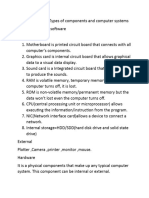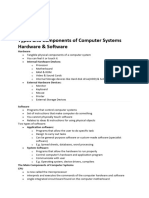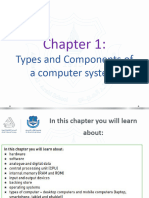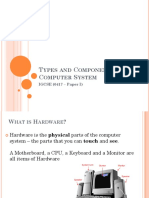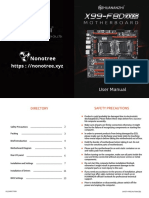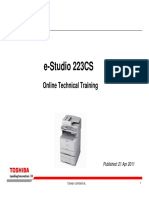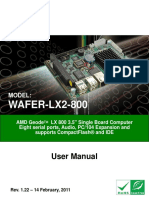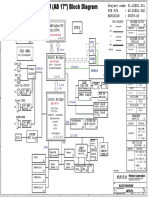0% found this document useful (0 votes)
11 views24 pagesTypes and Components of Computer Systems
The document outlines the types and components of computer systems, detailing hardware and software distinctions, main components like the CPU and memory, and the role of operating systems. It also categorizes different types of computers, including desktops and mobile devices, and discusses their advantages and disadvantages. Additionally, it describes various user interfaces such as command line, graphical, dialogue-based, and gesture-based interfaces.
Uploaded by
trstudy2023Copyright
© © All Rights Reserved
We take content rights seriously. If you suspect this is your content, claim it here.
Available Formats
Download as PDF, TXT or read online on Scribd
0% found this document useful (0 votes)
11 views24 pagesTypes and Components of Computer Systems
The document outlines the types and components of computer systems, detailing hardware and software distinctions, main components like the CPU and memory, and the role of operating systems. It also categorizes different types of computers, including desktops and mobile devices, and discusses their advantages and disadvantages. Additionally, it describes various user interfaces such as command line, graphical, dialogue-based, and gesture-based interfaces.
Uploaded by
trstudy2023Copyright
© © All Rights Reserved
We take content rights seriously. If you suspect this is your content, claim it here.
Available Formats
Download as PDF, TXT or read online on Scribd
/ 24












